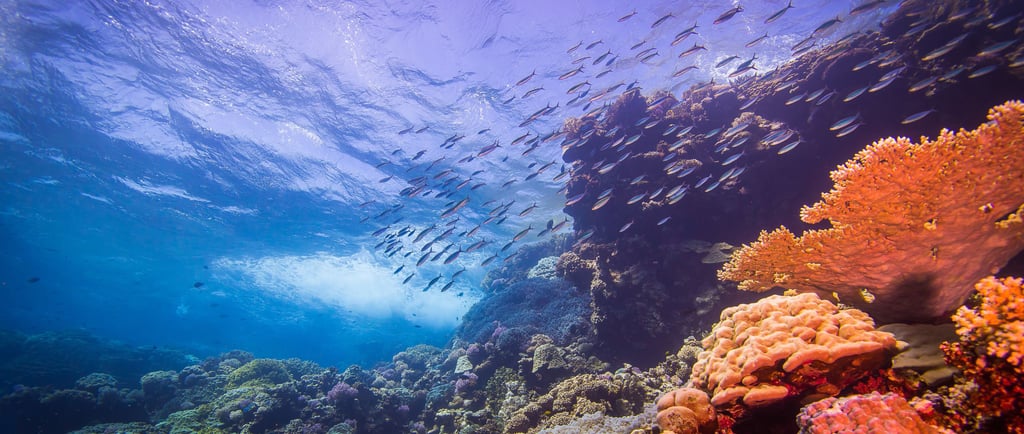How Habitat Loss Affects Biodiversity
Explore the causes and consequences of habitat loss—and how it triggers a domino effect across ecosystems. Learn how sustainable habits can protect and preserve our ecosystems and environment.
RESTORATION


What is Habitat Loss?
Habitat loss happens when natural landscapes are disrupted or damaged so much that organisms that uses to once live, and thrive, there are no longer able to survive. Some types of habitat loss are destruction, fragmentation and degradation.
Effects on Biodiversity
A habitat does not stop at just a place to sleep - it includes everything a living organism needs to survive like water and food. Habitat loss can happen gradually over time or rapidly. For example, a bird can return from a season's migration and find that their habitat has now disappeared. Or the salmon who notice that their pond is shrinking a bit every day.
"Ability to survive habitat fragmentation and other environmental changes varies greatly among species. Most find the stress overwhelming and simply disappear" (Habitat Fragmentation). Some may stay around for a while - they may run out food resources and engage in odd behaviors.
When habitats are lost, it does not just affect one singular species, it affects the ecological community. An ecological community consists of species that interact with each other, creating balance and production within an ecosystem.
The Domino Effect
The ecosystem experiences a type of domino effect when a species endures habitat loss. If the species is a pollinator, it is reasonable to conclude that there will be less plants pollinated. Consequently, there will be fewer food options available for herbivores.
If the habitat lost once sheltered a predator, the prey population will begin to see a spike. With no predators to maintain the population, the habitat will become overused by prey, further weaking the habitat.
What can we do?
The most important thing we can do is spread awareness and be less ignorant of our actions and the effect they have on the Earth.
Practicing sustainable habits is an important factor. Especially regarding recycling and reusing. Don't just stop at sorting bottles and plastics - take the next step and buy recycled products. Buying recycled goods supports a cycle that chooses recycling materials to reduce waste and minimize deforestation. Each recycled notebook, shirt, pen, or water bottle is one recycled product closer to a more sustainable future!
Check out this video to learn more about habitat loss and local efforts to prevent habitat loss.

(TedX Talks)
"Habitat fragmentation." Environmental Encyclopedia, edited by Deirdre S. Blanchfield, Gale, 2011. Gale In Context: Environmental Studies, link.gale.com/apps/doc/CV2644150665/GRNR?u=madera&sid=bookmark-GRNR&xid=42e2ca44. Accessed 11 Sept. 2025.
TEDx Talks. The Myth of Average: Todd Rose at TEDxSonomaCounty. YouTube
